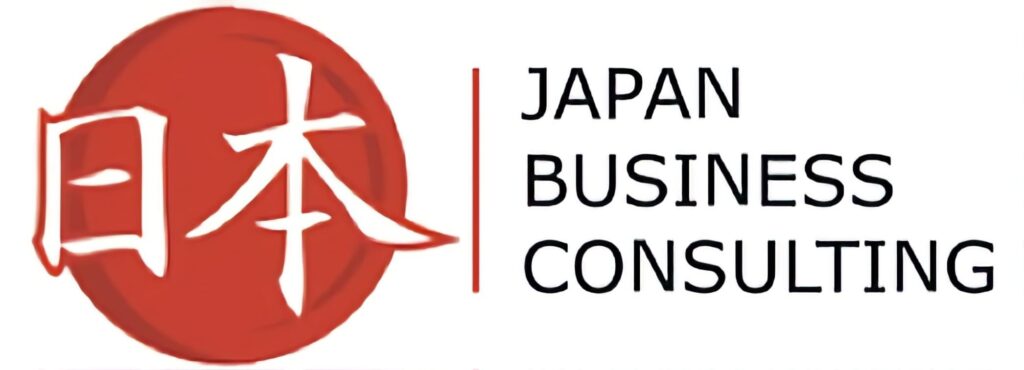How to Adapt to Japanese Style Decision Making
Written by Erich Ahorner

One thing I have learned when working, especially with Japanese, is that you need to know the details of the decision making process to be more successful.
Here are a few tips that will help to guide you in the right direction:
1. Make your Japanese business contact your ally
Any new proposal or business idea should first be discussed with the Japanese person of the company you are making your offer to or are working with.
If he opposes it, the idea will probably not get serious consideration. But if you work together with your contact you can improve the chances of a favorable decision by the company.
2. Find the key players
When an idea is in its early stages, find out the key decision-makers in the company you are selling your product/service to and how it will affect them.
Find out what the major projects/targets are they are working on and how your product /service could facilitate accomplishing those.
Ask what they think of the idea/offer, while subtly selling it as a possible solution to them at the same time. Incorporate their ideas into your offer, and ask them to suggest others in the company you should consult with.
This process is called 根回し‘nemawashi’ and will enable you to gather support in your target environment in Japan.
Always expect things to take time. The Japanese decision making process almost always takes time and much discussion.
It is in most cases not a sprint, but a marathon, so don’t get discouraged.
3. Write things down
A proposal or offer will get a better reception if you present a well-thought-out and written presentation of your idea/offer.
This is true for even minor issues that would seem to require only a quick conversation in a Western context. A written document will make it easier for Japanese business partners to consider your proposal, and they may attach it to a 稟議書 ‘ringisho’ when working to convince decision-makers higher up on the corporate ladder to back the project/purchasing decision.
4. Gather detailed information
You can speed the decision making process by anticipating the questions that your Japanese business partner or customer will have about an offer.
Collect in advance all the data that is relevant to likely concerns. Japanese are never tired of more data and more facts, and it shows that you are an expert in your offer.
5. Start small
Western culture often predisposes us to creating big plans, since we are encouraged to “think big”.
Japanese, on the other hand, are encouraged to think incrementally.
Propose a way to test your offer or start it in motion in a small way, using limited funds. The success of a small-scale trial can then be parlayed into something bigger.
6. Point to success models
Having a precedent for your offer is a great deal of weight with Japanese.
For example, wherever possible try to point to similarities between your proposal and successful projects that you have done with other clients (in the best case Japanese clients) in the past.
Pointing to the results of other companies (especially their foreign competitors) using the same or a similar offer as yours, can also be useful.
7. Being pushy doesn’t work
In many Western organizations,
the person who is loudest or most forceful often gets his way. However, this tactic is dangerous in the Japanese context, because it will call your maturity and competence into question. Being aggressive may sometimes seem to work because Japanese will often give in just to end a conflict.
However, the person who “wins” in this way will likely be worse off. The apparent “victory” may actually be a loss. Japanese may refuse to cooperate, stonewalling or ignoring the project until it dies on the vine. Pushiness can also make you a persona non grata whose every proposal is automatically rejected.
8. Be prepared to discuss and defend your offer
“I’m the expert on this so you should just take my word for it” is generally not an approach that goes down well with Japanese. Such statements are only appropriate coming from a superior or teacher to a subordinate. A role that you are unlikely to find yourself in unless you have been in your industry for decades, and even then it might not be the best strategy.
“Many heads are better than one” is the hallmark of Japanese decision making, and each of those many heads will be thinking through your offer and asking you questions.
Do not take this as an insult to your expertise. Remember that the end result may be a win-win and a long-term business relationship.
A Japanese senior executive at one of the companies I used to work with commented, “Our style is very deliberative, and we like to get as much input as possible before making a decision. It’s definitely not shoot-from-the-hip decision making in Japan. We really want evidence to prove exactly what direction a business partner wants to go with his offer, and how he is going to get there.”
The above suggestions are aimed at Westerners who are participating in a Japanese-style
decision making process.
However, for many working with Japanese firms, the primary problem is not how the process works, but whether they have the opportunity to participate in this process.
In many cases, Westerners are completely or partially excluded from the decision making processes of the Japanese client.
I will discuss this issue, and the reasons for such exclusion, in one of the following posts.

Erich Ahorner
Erich Ahorner helps people enter the Japanese market and grow their businesses. He is an expert at helping people with market entry using online and offline methods and trying to break down necessary steps to make things simple to understand. If you're interested in growing your business or entering a new market to and increase sales then definitely reach out and request a free strategy session today.
Menu
